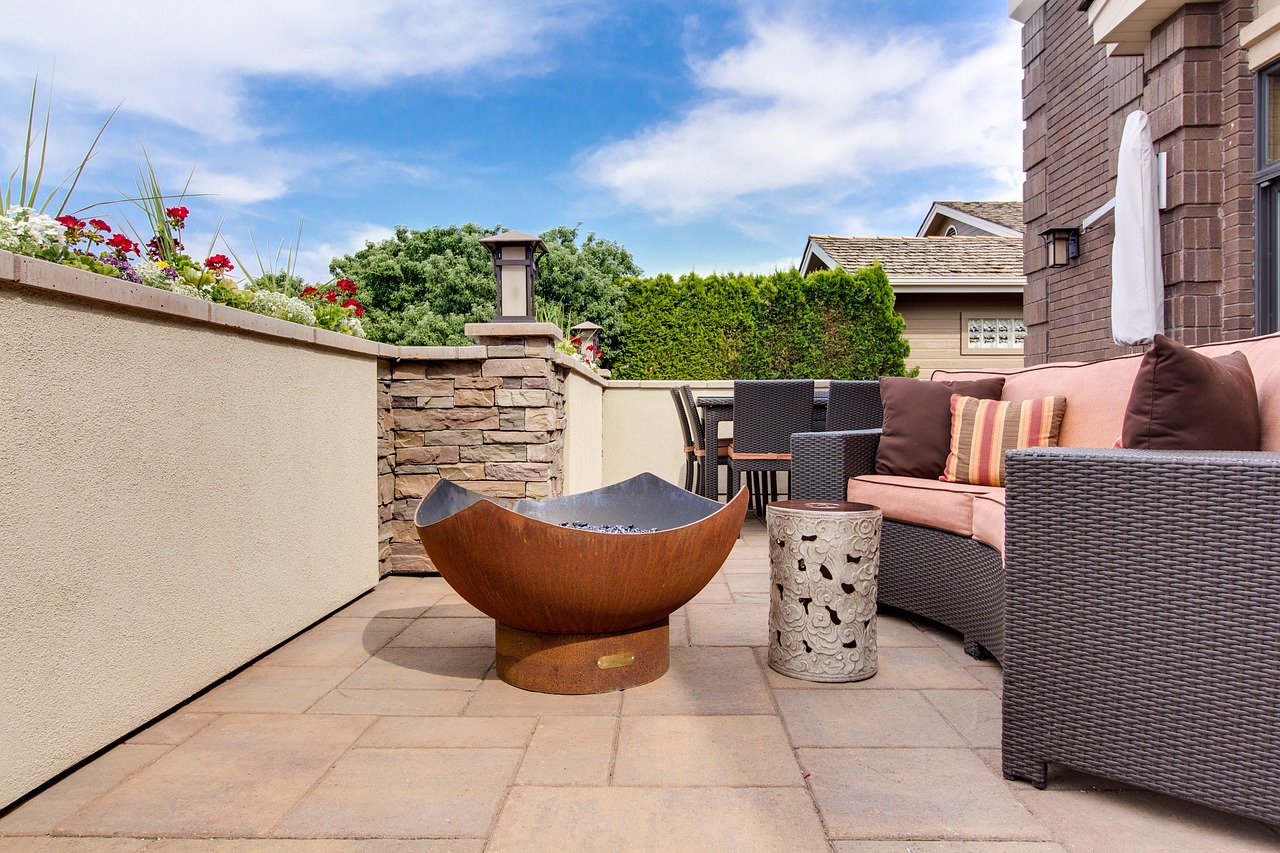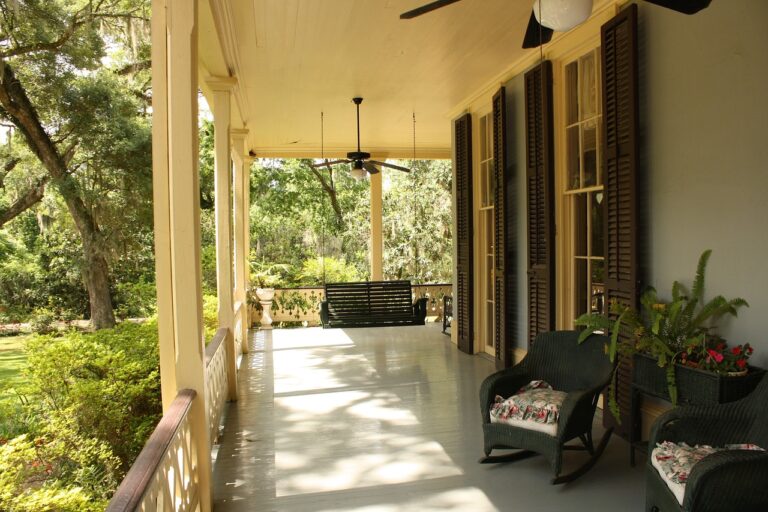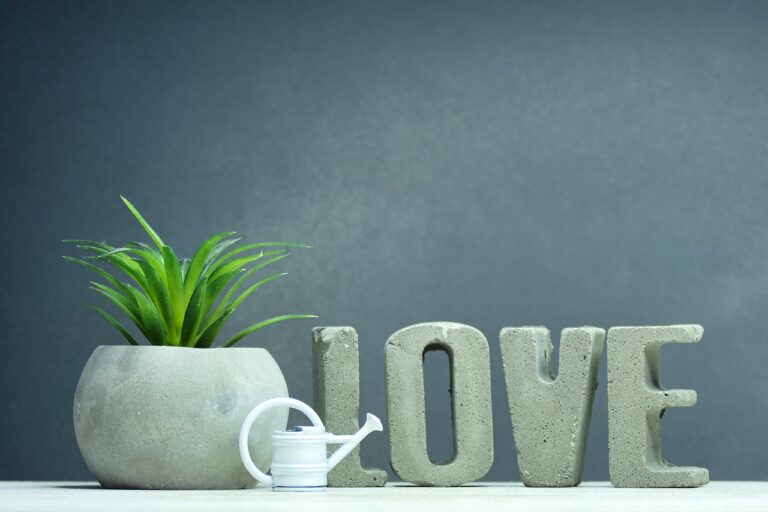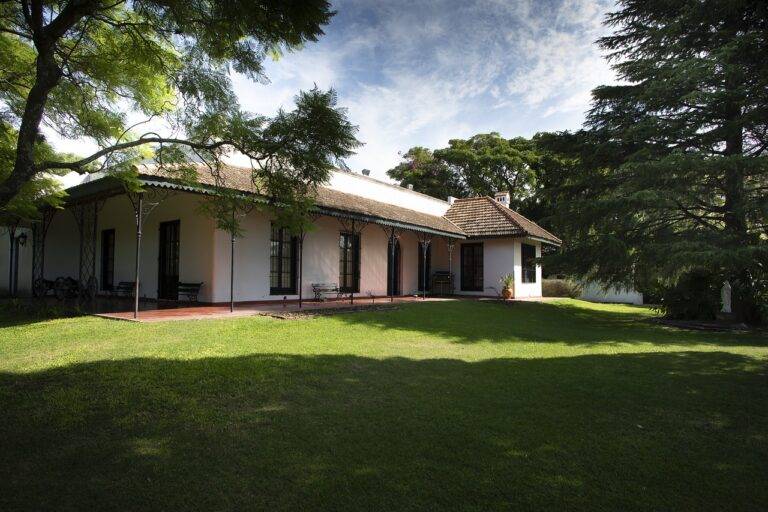Creating a Functional Mudroom: Organizational Tips for Busy Families
Designing a functional mudroom layout involves strategically arranging key elements to maximize efficiency and organization. Start by assessing the available space and tailoring the layout to suit your family’s specific needs. Consider incorporating designated zones for storing outerwear, shoes, bags, and other everyday items to keep clutter at bay.
Opt for versatile storage solutions such as built-in cabinets, cubbies, hooks, and shelves to optimize vertical space and keep essentials within easy reach. Additionally, incorporating a bench or seating area can provide a convenient spot for putting on or taking off shoes. By carefully planning the layout and incorporating ample storage options, you can create a well-organized mudroom that enhances functionality and complements your home’s overall design aesthetic.
Storage Solutions for Mudroom Organization
One efficient way to create storage solutions for a well-organized mudroom is by incorporating versatile shelving units. By installing shelves above eye level, you can capitalize on vertical space and keep items like outerwear, bags, and footwear neatly stowed away. Additionally, adding hooks or pegs underneath the shelves provides a convenient spot to hang coats, hats, and scarves, making it easy to grab and go.
Another practical storage solution is to utilize baskets or bins for storing smaller items such as gloves, keys, and umbrellas. These containers can be placed on lower shelves or in cubbies to keep the mudroom clutter-free and everything in its designated place. To maximize functionality, consider labeling each basket or bin so family members can easily locate and return items to their designated storage spot.
Maximizing Space in a Mudroom
When designing a mudroom to maximize space, consider using multi-functional furniture such as benches with built-in storage compartments or wall-mounted hooks for hanging bags and jackets. Utilizing vertical space with tall cabinets or shelving units can help keep the floor clear and create more room for movement. Additionally, choosing light colors for the walls and floor can make the space feel more open and airy.
Another way to make the most of limited mudroom space is by incorporating sliding doors or pocket doors instead of traditional swing doors. These types of doors require less room to open, allowing for better utilization of the available space. Installing a pegboard on a wall can also be efficient for hanging frequently used items like keys, hats, and small bags, keeping them easily accessible yet organized.
• Consider using multi-functional furniture such as benches with built-in storage compartments
• Utilize vertical space with tall cabinets or shelving units
• Choose light colors for walls and floors to create a more open feel
• Incorporate sliding doors or pocket doors instead of swing doors to save space
• Install a pegboard on the wall for hanging frequently used items like keys, hats, and small bags
What are some functional mudroom layout ideas?
Some functional mudroom layout ideas include incorporating built-in storage cubbies, benches with under-seat storage, wall-mounted hooks for hanging coats and bags, and a designated space for shoes and boots.
What are some storage solutions for mudroom organization?
Some storage solutions for mudroom organization include using baskets or bins to corral smaller items, installing shelves or cabinets for larger items, utilizing over-the-door organizers for hats and gloves, and implementing a designated area for keys and mail.
How can I maximize space in a mudroom?
To maximize space in a mudroom, consider utilizing vertical storage options such as wall-mounted shelving or hooks, utilizing multi-functional furniture such as benches with storage underneath, and decluttering regularly to keep the space organized and efficient.







